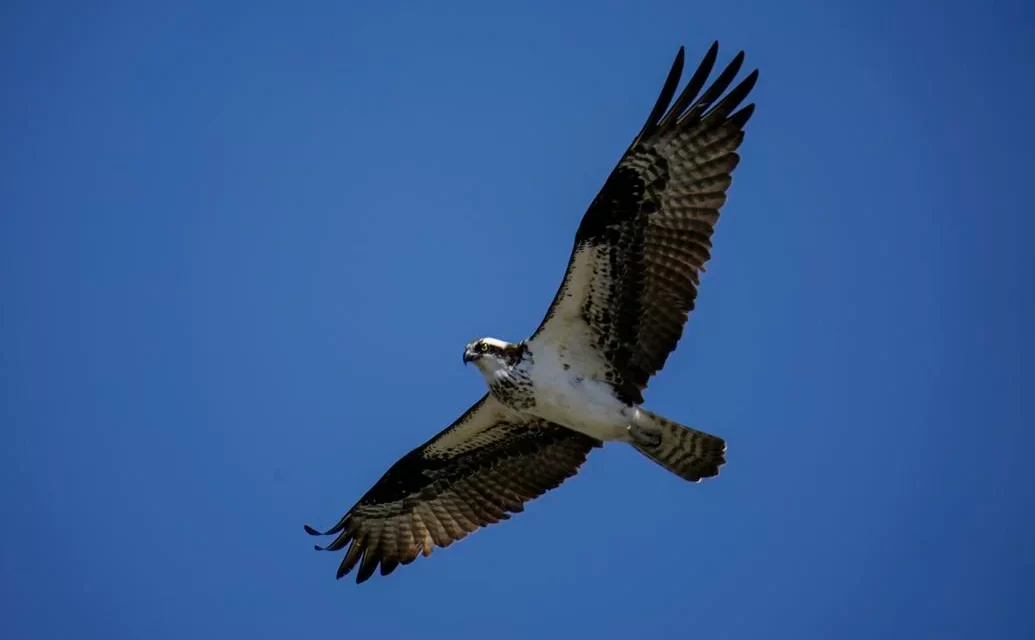Baby ospreys are facing a greater threat of starvation because there are fewer menhaden in the Chesapeake Bay area, according to a new study from the College of William & Mary Center for Conservation Biology.
Areas where ospreys relied on menhaden as a primary food source saw the biggest deficits in reproductive rates. Areas where catfish and gizzard shad were the main source of food had sustainable osprey populations.
Read the full story in the Richmond Times-Dispatch.









